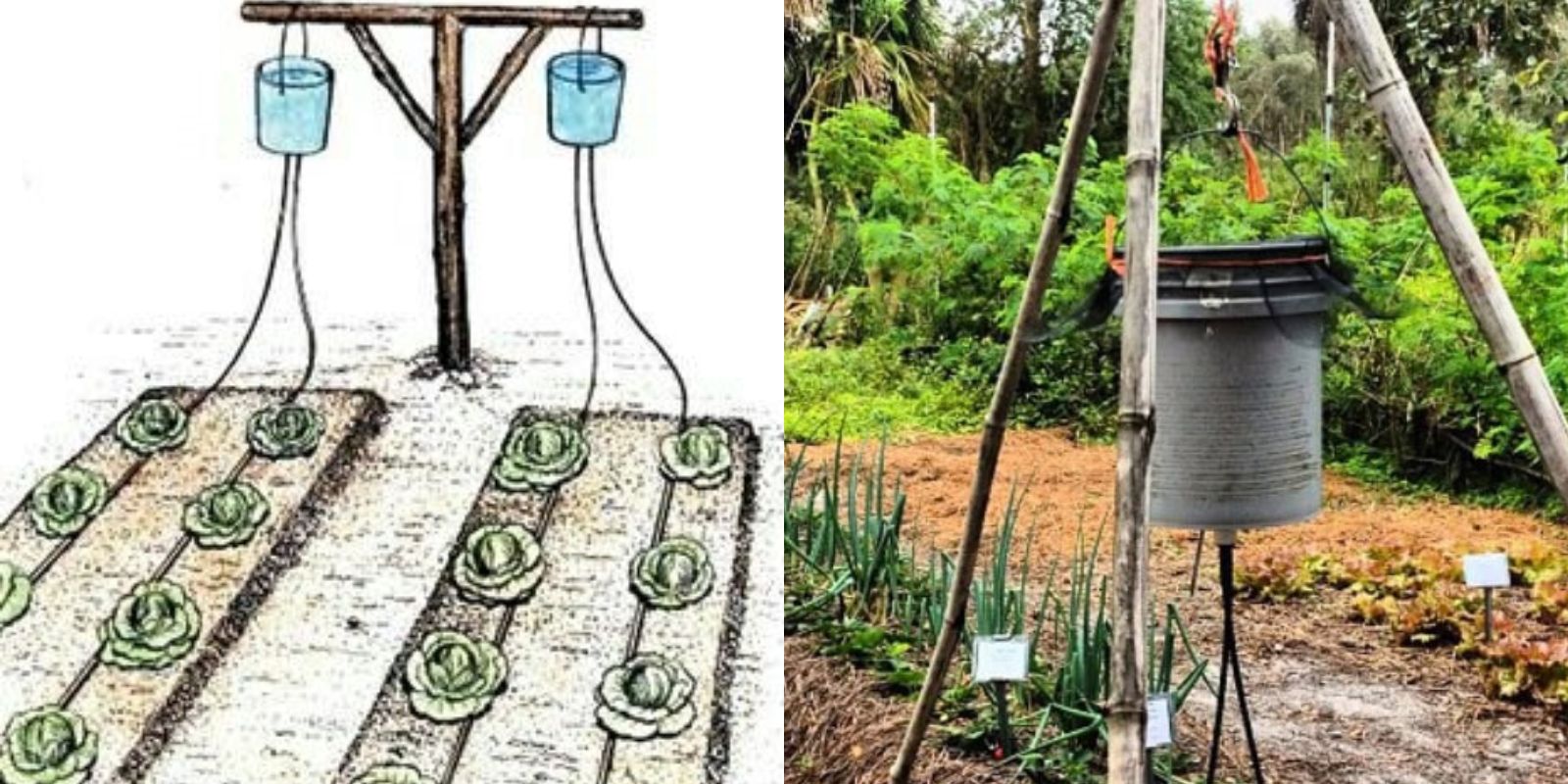Water is the lifeblood of any successful garden or farm, but traditional irrigation methods can be wasteful and labor-intensive. Enter the Chapin Bucket Irrigation System, a groundbreaking solution designed to bring efficiency, simplicity, and sustainability to small-scale agriculture and home gardening. In this article, we’ll explore the innovative concept of the Chapin Bucket system, how it works, and its transformative impact on water usage and plant health.
What Is the Chapin Bucket Irrigation System?
The Chapin Bucket is a gravity-fed drip irrigation system that uses a bucket, tubing, and emitters to deliver water directly to the roots of your plants. This method minimizes water wastage, ensures precise watering, and eliminates the guesswork of how much water your plants need. Originally developed for use in regions with limited access to water, this system has gained popularity worldwide for its practicality and efficiency.
Why Choose the Chapin Bucket System?
The Chapin Bucket system is an eco-friendly, cost-effective, and easy-to-use solution for gardeners and small-scale farmers. Its key benefits include:
- Water Conservation: Drip emitters provide targeted watering, reducing runoff and evaporation.
- Improved Plant Health: Consistent moisture at the root level promotes healthy growth and minimizes diseases caused by overwatering.
- Low Cost: The materials are inexpensive, making it accessible to everyone.
- Ease of Use: Requires no electricity or pumps—gravity does the work!
- Customizable: The system can be adapted for various garden sizes and types.
How to Set Up a Chapin Bucket System
1. Gather Your Materials
To set up the Chapin Bucket irrigation system, you will need:
- A 20-liter bucket (or similar size).
- Drip tubing (1/4-inch diameter is common).
- Drip emitters (adjustable for water flow).
- A small valve to control the flow of water.
- A platform to elevate the bucket.
2. Prepare the Bucket
- Drill a small hole at the bottom of the bucket to insert the tubing connector. Ensure the hole is watertight using a rubber washer or sealant.
- Fill the bucket with clean water.
3. Attach the Drip Lines
- Connect the tubing to the bucket outlet and secure it with a connector.
- Attach the drip emitters to the tubing at intervals matching the spacing of your plants.
4. Position the Bucket
- Place the bucket on a raised platform, such as a table or stand, to allow gravity to drive the water flow through the tubing. The higher the bucket, the stronger the flow.
5. Adjust Water Flow
- Use the valve to control the amount of water each plant receives. Start with a slow drip to avoid overwatering.
6. Fertilizer Integration (Optional)
- Add liquid fertilizer to the water in the bucket to nourish your plants as they are watered.
7. Monitor and Maintain
- Check the water level regularly and refill the bucket as needed.
- Clean the tubing and emitters occasionally to prevent clogging.
Tips for Success with the Chapin Bucket System
- Choose the Right Plants: The system works best with crops like tomatoes, peppers, beans, and leafy greens that thrive with consistent moisture.
- Avoid Overwatering: Adjust the flow rate based on the needs of each plant type.
- Ensure Proper Drainage: Your soil should have good drainage to prevent waterlogging.
- Protect the Bucket: Cover the bucket to keep debris, algae, and insects out.
- Use Clean Water: Filter the water if necessary to avoid clogging the drip emitters.
The Impact of the Chapin Bucket on Small-Scale Agriculture
The Chapin Bucket system has revolutionized gardening and farming in regions where water is scarce. By delivering water directly to the roots, it reduces wastage and ensures that every drop counts. In community gardens and small-scale farms, the system has increased crop yields while lowering water costs. It’s a practical solution that empowers individuals to grow food sustainably, even in challenging conditions.
Adapting the System for Different Scenarios
Urban Gardening
For urban dwellers with limited space, the Chapin Bucket system is perfect for container gardening. It ensures your plants stay hydrated without manual watering, making it ideal for busy lifestyles.
Community Gardens
The system’s low cost and efficiency make it a valuable tool for community gardens, where multiple users can share resources and maximize productivity.
Drought-Prone Areas
In arid regions, the Chapin Bucket system helps conserve water while ensuring crops receive the hydration they need to survive.
The Environmental Benefits
Beyond its practical advantages, the Chapin Bucket system contributes to environmental conservation by:
- Reducing water wastage.
- Lowering carbon footprints by eliminating the need for electric pumps.
- Promoting sustainable farming practices.
Success Stories and Testimonials
Many gardeners and farmers have embraced the Chapin Bucket system with outstanding results. From increased crop yields to significant water savings, users report improved efficiency and reduced costs. It’s a testament to the power of simple, innovative solutions in addressing complex agricultural challenges.
Final Thoughts
The Chapin Bucket irrigation system is more than just a tool—it’s a game-changer for gardeners and farmers worldwide. By adopting this efficient and sustainable method, you can grow healthier plants, conserve water, and make a positive impact on the environment.
💬 Are you ready to revolutionize your watering routine? Share your thoughts or experiences with the Chapin Bucket system in the comments below!
Hashtags for Gardening Inspiration
#GardeningHacks #WaterSmartGardening #EcoGardening #GrowYourOwnFood #SustainableLiving #SmallScaleFarming #InnovativeGardening #GardenTips

